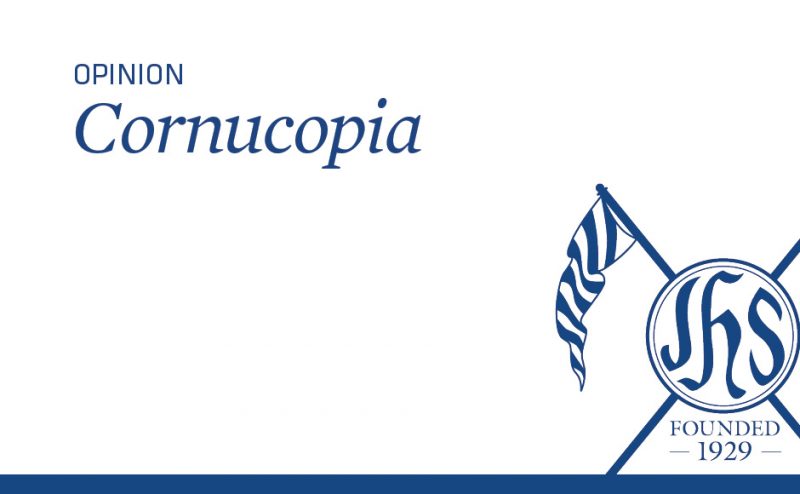 “Pasensiya na kayo sa bahay namin,” says Nanay Doyet Encio as my immersion partner and I enter their house in Barangay Caingin, Santa Rosa, Laguna. It’s a humble home: The floor consists of mismatched tiles and cement, the walls made out of wood and tarpaulin, the roof patched together by pieces of yero.
“Pasensiya na kayo sa bahay namin,” says Nanay Doyet Encio as my immersion partner and I enter their house in Barangay Caingin, Santa Rosa, Laguna. It’s a humble home: The floor consists of mismatched tiles and cement, the walls made out of wood and tarpaulin, the roof patched together by pieces of yero.
In an area less than 25 square meters, Nanay Doyet lives with her husband Tatay Jhun, their children Jhelyn, Jhervin, Jherwin and Jhunell, her daughter-in-law Mariel and her two-month-old grandchild Kendra.
While his two sons already have work and Nanay Doyet sidelines by ironing neighbors’ clothes and caretaking a relative’s house, Tatay Jhun is still the breadwinner of the family. He’s a fisherman, but he rarely goes to the Laguna de Bay these days. There’s barely any fish due to pollution, he says, and he earns more by being a barangay tanod and a tricycle driver.
During my immersion, the Encios ensured that their visitors from the Ateneo were well-
fed and comfortable. It therefore pained me to see how the odds are stacked against this family who spent more for my partner and me in three days than they usually do for themselves in a month.
Barangay Caingin experiences severe flooding every year, with floodwaters taking about three to six months to subside. Several residents have not gone to school, while those who do only finish high school. Unemployment and underemployment are consistent problems, and many of the kids playing in the streets show signs of malnourishment.
Fish pens dot the horizon of the lake. In the ‘70s, the fishermen of the Laguna de Bay were able to catch an average of 20 kilograms of fish a day. Today, that number has been reduced to around five kilograms, even with fisherfolk toiling in the lake for eight hours straight.
These are some of the problems that plague the area, and those living by the shores of Laguna de Bay are facing their biggest one yet.
During his fifth State of the Nation Address on July 28, President Benigno Aquino III described the Laguna Lakeshore Expressway Dike as the biggest project under the Public-Private Partnership Program.
The objectives for the 47-kilometer, six-lane dike are commendable: It aims to relieve traffic along the South Luzon Expressway, the Manila South Road and the National Highway from Calamba to Los Baños. The dike is also envisioned not only to lessen flooding in the areas around Laguna de Bay, but also to make the lake cleaner.
What the president didn’t say in his speech, however, is that the dike would call for the resettlement of about 300,000 families, the Encios included. A good number of fisherfolk would be relocated to an area far off the coast, where they will no longer have easy access to their main source of livelihood. This isn’t just an issue of relocation and people seeking new jobs to replace the old one; the dike threatens to uproot the lives of thousands to the core.
However, instead of dismantling the project all together, what the Laguna de Bay fishermen are asking for instead is the complete implementation of the fisherfolk settlement stipulated in the Philippine Fisheries Code of 1998. Build the dike, but make sure that the fishermen will still be able to gain access to the fishing grounds within 15 kilometers from the shoreline.
Their call is simple: Allow them to fish where their grandfathers did too, and allow them to live the life that they should. Make the daang matuwid truly accessible for all.






